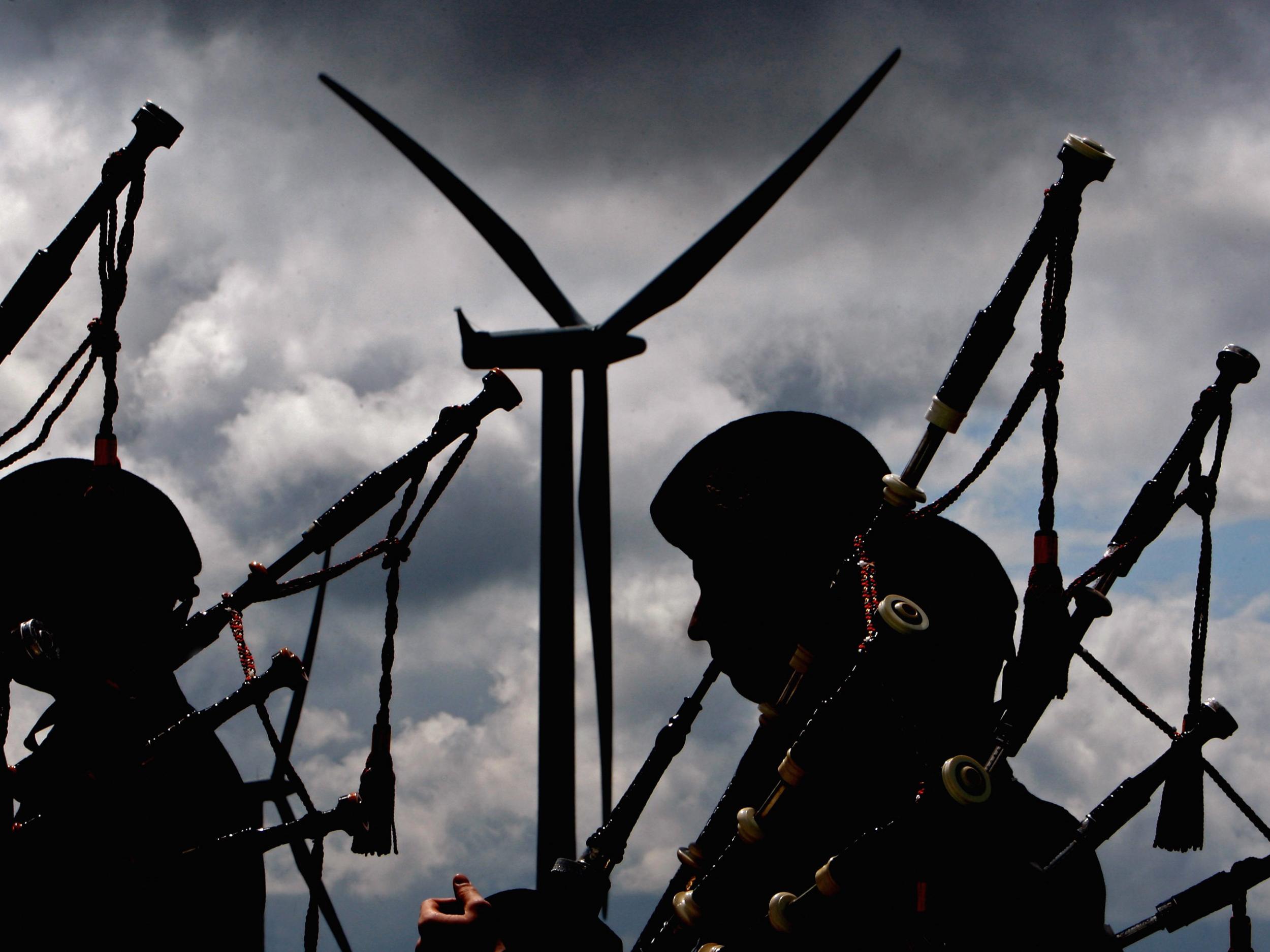Big energy firms have the power to drive Britain's renewable revolution
Analysis: Scottish Power has ditched fossil fuels in favour of wind turbines – Josh Gabbatiss asks whether this is a greenwash or a gamechanger


Amid warnings that we have just 12 years to save the world from climate change, fans of our planet’s continued survival will be pleased to hear that one of the UK’s biggest energy firms has decided to ditch fossil fuels. On Tuesday morning Scottish Power announced all of the electricity it generates in the future will come from wind turbines.
It sounds good on paper, but beyond the headline Scottish Power’s pledge looks a little less clear-cut. Rather than closing down its gas-fired power stations for good, it is selling them to Drax – a company that has faced a lot of criticism in the past for its green credentials.
Back in August, dozens of environmental groups urged the government not to support Drax’s conversion of an old Yorkshire coal station into the country’s largest gas plant. They feared investment in gas would “lock the UK into a high carbon future totally incompatible with our international obligations”.
In this context, by passing its remaining fossil fuel assets on to Drax, Scottish Power seems to just be passing the buck. But as one of the so-called “big six” energy companies, Scottish Power wields a lot of influence, meaning its shift to 100 per cent renewables is more than just greenwashing.
British consumers already have the choice of around a dozen green energy suppliers that will happily ensure their electricity comes from wind turbines and solar panels. However, the fact remains that the big six still supply around 80 per cent of the UK population, and that is unlikely to change any time soon.
If, like the vast majority of Brits, your concerns about saving the planet have not yet stretched to Googling “green energy tariffs”, you now have the option of going to a major company and knowing that all the electricity they generate comes from wind turbines. Not only does Scottish Power’s move set the agenda that others will follow, it is also a strong signal that renewable energy is mainstream now.
What’s more, Scottish Power can put its money where its mouth is. It has the capacity to take on massive loans, build massive projects, and by pulling all of its resources from fossil fuel development and pumping them instead into wind power it could make a big difference to the country’s energy landscape.
Until recently, Drax was facing an uncertain future using plants powered by biomass (and reliant on government subsidies) and coal, which will be totally banned by 2025. Expanding their portfolio to include gas, a cleaner fossil fuel than coal, shows how even the fossil fuel companies are being dragged kicking and screaming into a greener future.
The government has received a lot of flak for its energy missteps in recent years – particularly its continued obsession with fracking and decisions that have stifled both onshore wind and solar development. However, it does seem to recognise that renewables are the future. With little progress made in decarbonising transport or heating, electricity generation is still doing most of the heavy lifting when it comes to meeting our emissions targets. The question that remains is how quickly a total transition will take place.
The UK is not quite ready to rely entirely on wind and solar power, and for the time being companies like Drax say they will fill in the gaps. But with the big beasts of the energy sector finally moving in the right direction, the day that being 100 per cent renewable stops being headline-worthy could come sooner rather than later.
Join our commenting forum
Join thought-provoking conversations, follow other Independent readers and see their replies
Comments